Functional Groups In Organic Compounds Quiz
(517).jpg)
Discover the fascinating world of organic chemistry with our Functional Groups Quiz! This quiz is crafted to test your understanding of the key building blocks of organic molecules—functional groups like alcohols, aldehydes, ketones, and carboxylic acids. Be ready to put your basic understanding to the test.
Through engaging, carefully designed questions, you’ll challenge yourself to identify functional groups, predict their behavior in reactions, and grasp their critical roles in molecular synthesis and structure. This "functional groups test" offers an excellent way to deepen your expertise and uncover insights into the essential components of organic compounds. Jump in and see how Read morewell you know these foundational elements. Are you ready to test your knowledge of functional groups? Take the quiz now.
Functional Groups in Organic Compounds Questions and Answers
- 1.
Identify the functional group.
Explanation
The image depicts the ubiquitous alcohol group, R-O-H. "R" represents a diverse roster of attached atoms, varying by specific alcohol. The central oxygen, a social butterfly, forms single bonds with R and a lone hydrogen. This arrangement imbues the group with polarity, a magnetic attraction to water, thus its hydrophilic nature. From ethanol igniting engines to methanol in industrial marvels, the versatile alcohol group plays a pivotal role in a myriad of applications.Rate this question:
- 2.
Identify the functional group.
Explanation
The provided structure represents an aldehyde functional group, a crucial component in organic chemistry. It's characterized by a central carbon atom that forms three key bonds: a double bond with an oxygen atom (forming the carbonyl group), a single bond with a hydrogen atom, and a single bond with an alkyl or aryl group (represented as R). This arrangement gives aldehydes their general formula of R-CHO.Rate this question:
- 3.
Which organic functional group is characterized by a carbonyl group (C=O) directly bonded to a hydrogen atom (H)?
Explanation
The functional group characterized by a carbonyl group (C=O) bonded to a hydrogen atom (H) and commonly found in aldehydes is known as the aldehyde group. This group gives aldehydes their specific chemical properties and distinguishes them from other organic compounds. In ketones, the carbonyl group is bonded to two carbon atoms, which differentiates them from aldehydes.Rate this question:
- 4.
Identify the functional group.
Explanation
The structure shown represents an alkyne functional group, characterized by a triple bond between two carbon atoms, with each carbon also bonded to an alkyl or aryl group (R), giving the general formula R-C≡C-R. This triple bond makes alkynes highly reactive, playing a crucial role in various chemical reactions.Rate this question:
- 5.
Identify the functional group.
Explanation
This structure represents an amide functional group. It is characterized by a carbonyl group (C=O) linked to a nitrogen atom. The nitrogen atom can be further bonded to two other alkyl or aryl groups (R' and R"). This gives amides the general formula R-CO-NR'R". Amides are important in many biological molecules, like proteins, and are also used in various synthetic materials like nylon.Rate this question:
- 6.
Identify the functional group.
Explanation
This structure represents a secondary amine functional group. It features a nitrogen atom bonded to two alkyl or aryl groups (R and R') and one hydrogen atom, giving it the general formula R-NH-R'. Secondary amines are important in various biological processes and are also used in the production of pharmaceuticals and other industrial chemicals.Rate this question:
- 7.
Identify the functional group.
Explanation
This structure represents a carboxylic acid functional group. It is characterized by a carbonyl group (C=O) with a hydroxyl group (-OH) attached to the same carbon atom, giving it the general formula R-COOH. Carboxylic acids are weak acids, and they play essential roles in many biological processes and industrial applications.Rate this question:
- 8.
Identify the functional group.
Explanation
This structure represents an ether functional group. It is characterized by an oxygen atom bonded to two alkyl or aryl groups (R and R'), giving it the general formula R-O-R'. Ethers are relatively unreactive compared to many other functional groups, making them useful as solvents in organic reactions.Rate this question:
- 9.
Identify the functional group.
Explanation
This structure represents an ester functional group. It is characterized by a carbonyl group (C=O) with an alkoxy group (-OR') attached to the same carbon atom, giving it the general formula R-CO-OR'. Esters are often responsible for the pleasant aromas of fruits and flowers and are also used in various industrial applications, including the production of polymers and fragrances.Rate this question:
- 10.
Identify the functional group.
Explanation
This structure represents a ketone functional group. It is characterized by a carbonyl group (C=O) bonded to two alkyl or aryl groups (R1 and R2), giving it the general formula R1-CO-R2. Ketones are found in various natural and synthetic compounds and are used in many industrial applications, including as solvents and intermediates in chemical synthesis.Rate this question:
- 11.
Identify the functional group.
Explanation
This structure represents a nitrile functional group. It is characterized by a carbon atom triple-bonded to a nitrogen atom, with the carbon atom also bonded to an alkyl or aryl group (R), giving it the general formula R-C≡N. Nitriles are important intermediates in organic synthesis and are found in various natural and synthetic compounds, including some pharmaceuticals and polymers.Rate this question:
- 12.
Identify the functional group.
Explanation
This structure represents a nitro group. It is characterized by a nitrogen atom bonded to two oxygen atoms, one with a double bond and the other with a single bond, and also bonded to an alkyl or aryl group (R). The nitrogen atom carries a positive charge, and one of the oxygen atoms carries a negative charge. Nitro groups are often found in explosives and are also used in the synthesis of various organic compounds, including dyes and pharmaceuticals.Rate this question:
- 13.
Identify the functional group.
Explanation
This structure represents a thioether or sulfide functional group. It is characterized by a sulfur atom bonded to two alkyl or aryl groups (R and R'), giving it the general formula R-S-R'. Thioethers are found in various natural and synthetic compounds and are used in many industrial applications, including the production of polymers and pharmaceuticals.Rate this question:
- 14.
Identify the functional group.
Explanation
This structure represents a thiol functional group, thiols are also called mercaptans. It is characterized by a sulfur atom bonded to a hydrogen atom and an alkyl or aryl group (R), giving it the general formula R-SH. Thiols are similar to alcohols but contain a sulfur atom in place of the oxygen atom. They often have strong odors and are found in various natural and synthetic compounds, including some amino acids and pharmaceuticals.Rate this question:
- 15.
Identify the functional group.
Explanation
This structure represents a phenol functional group. It is characterized by a hydroxyl group (-OH) directly attached to an aromatic ring (in this case, a benzene ring). Phenols have unique properties due to the interaction between the hydroxyl group and the aromatic ring, making them distinct from alcohols. They are found in various natural and synthetic compounds and have applications in industries such as pharmaceuticals and polymers.Rate this question:
- 16.
Identify the functional group.
Explanation
This structure represents a diene, which is a specific type of alkene. It features two carbon-carbon double bonds (C=C), each carbon in these bonds also linked to two hydrogen atoms. Dienes are hydrocarbons with two double bonds, making them important for various chemical reactions and present in many natural and synthetic compounds.Rate this question:
- 17.
Identify the functional group.
Explanation
This structure represents an epoxide functional group. It is a cyclic ether with a three-membered ring containing an oxygen atom. The ring is formed by two carbon atoms and one oxygen atom, with each carbon atom also bonded to other alkyl or aryl groups (represented as R1, R2, R3, and R4 in this case). Epoxides are reactive compounds due to the ring strain in the three-membered ring, making them useful intermediates in various chemical reactions.Rate this question:
- 18.
Identify the functional group.
Explanation
This structure represents an acyl halide functional group. It is characterized by a carbonyl group (C=O) bonded to a halogen atom (X), and an alkyl or aryl group (R). Acyl halides are highly reactive compounds used as intermediates in various chemical reactions, particularly in the synthesis of other functional groups.Rate this question:
- 19.
The presence of a nitrogen atom in an organic compound always indicates that it contains an amine functional group.
- A.
True
- B.
False
Correct Answer
B. FalseExplanation
Amines are organic compounds characterized by a nitrogen atom with single bonds to hydrogen and/or carbon atoms. However, nitrogen is a versatile element that can participate in various bonding arrangements within organic molecules. This leads to a range of functional groups beyond amines that incorporate nitrogen, each with distinct structural features and chemical properties. For instance, amides feature a nitrogen atom connected to a carbonyl group (C=O), while nitriles contain a nitrogen atom triple-bonded to a carbon atom. Nitro groups have a nitrogen atom bonded to two oxygen atoms. Therefore, simply identifying a nitrogen atom within a molecule doesn't automatically confirm the presence of an amine; a closer examination of the bonding pattern around the nitrogen is crucial to determine the specific functional group.Rate this question:
-
- 20.
Ethers and esters both contain a carbonyl group (C=O).
- A.
True
- B.
False
Correct Answer
B. FalseExplanation
Esters and ethers are distinct functional groups with different structures and properties. Esters are characterized by a carbonyl group (C=O) linked to an alkoxy group (-OR), resulting in the general formula R-CO-OR. This carbonyl group significantly influences the reactivity of esters, making them susceptible to reactions like hydrolysis. In contrast, ethers consist of an oxygen atom singly bonded to two alkyl or aryl groups (R-O-R). They lack a carbonyl group and are generally less reactive than esters. This structural difference leads to variations in their physical and chemical properties, including boiling points, polarity, and susceptibility to various chemical reactions.Rate this question:
-
Quiz Review Timeline +
Our quizzes are rigorously reviewed, monitored and continuously updated by our expert board to maintain accuracy, relevance, and timeliness.
-
Current Version
-
Nov 08, 2024Quiz Edited by
ProProfs Editorial Team
Expert Reviewed by
Daniel P -
Oct 14, 2010Quiz Created by
Miranda Rohrbough
 Back to top
Back to top




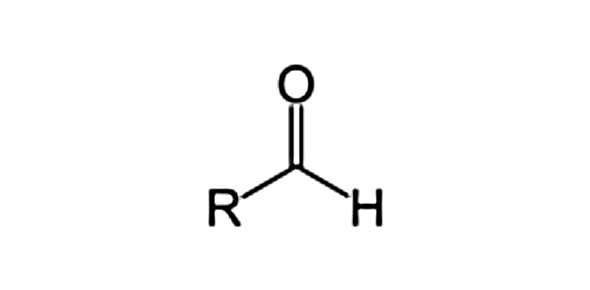

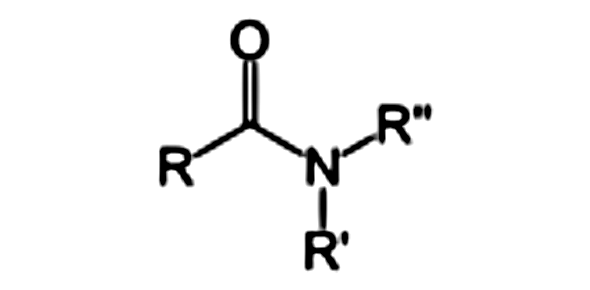
.webp)

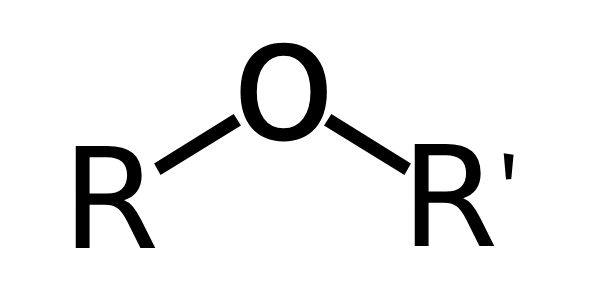
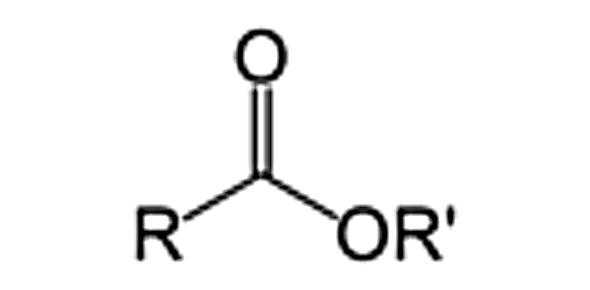
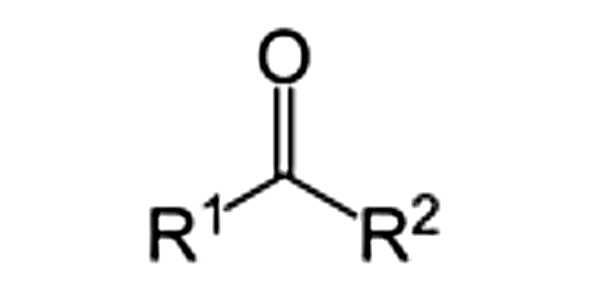
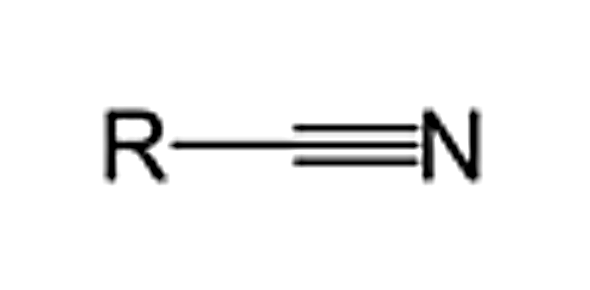

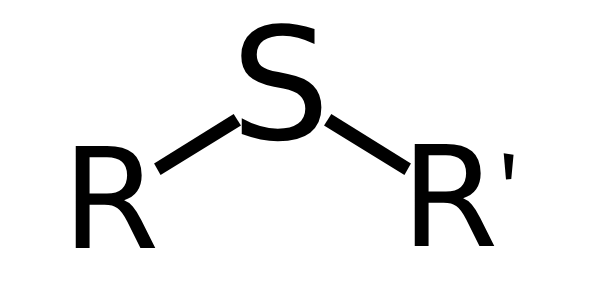
.webp)
.webp)
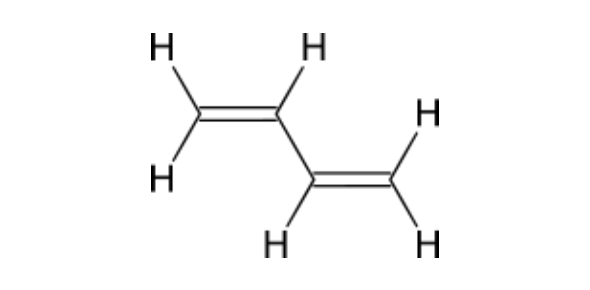
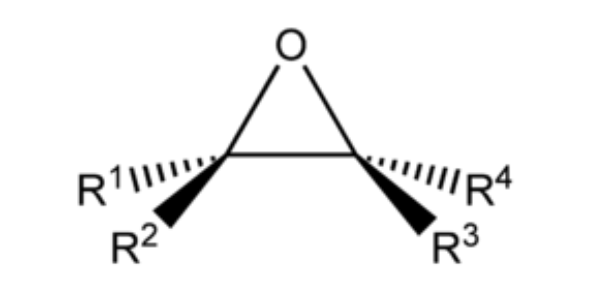
(543).jpg)